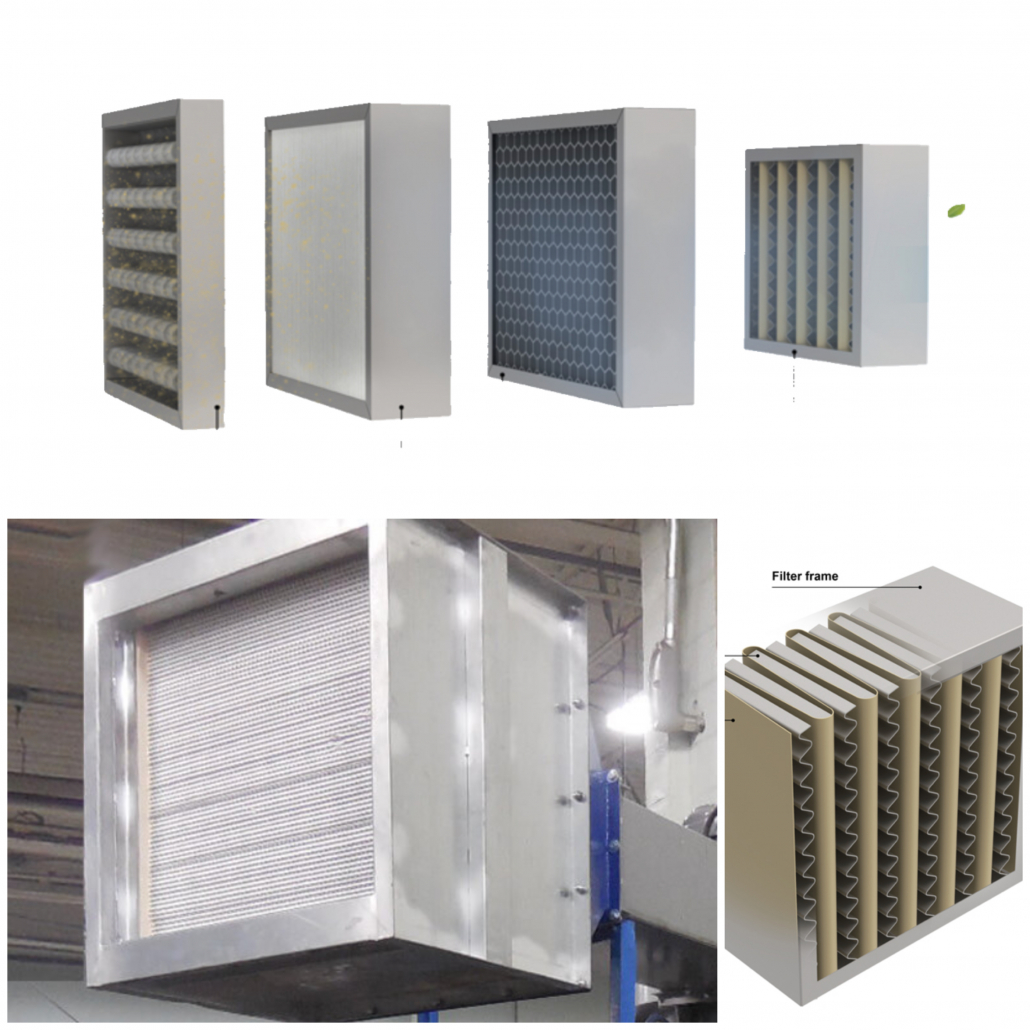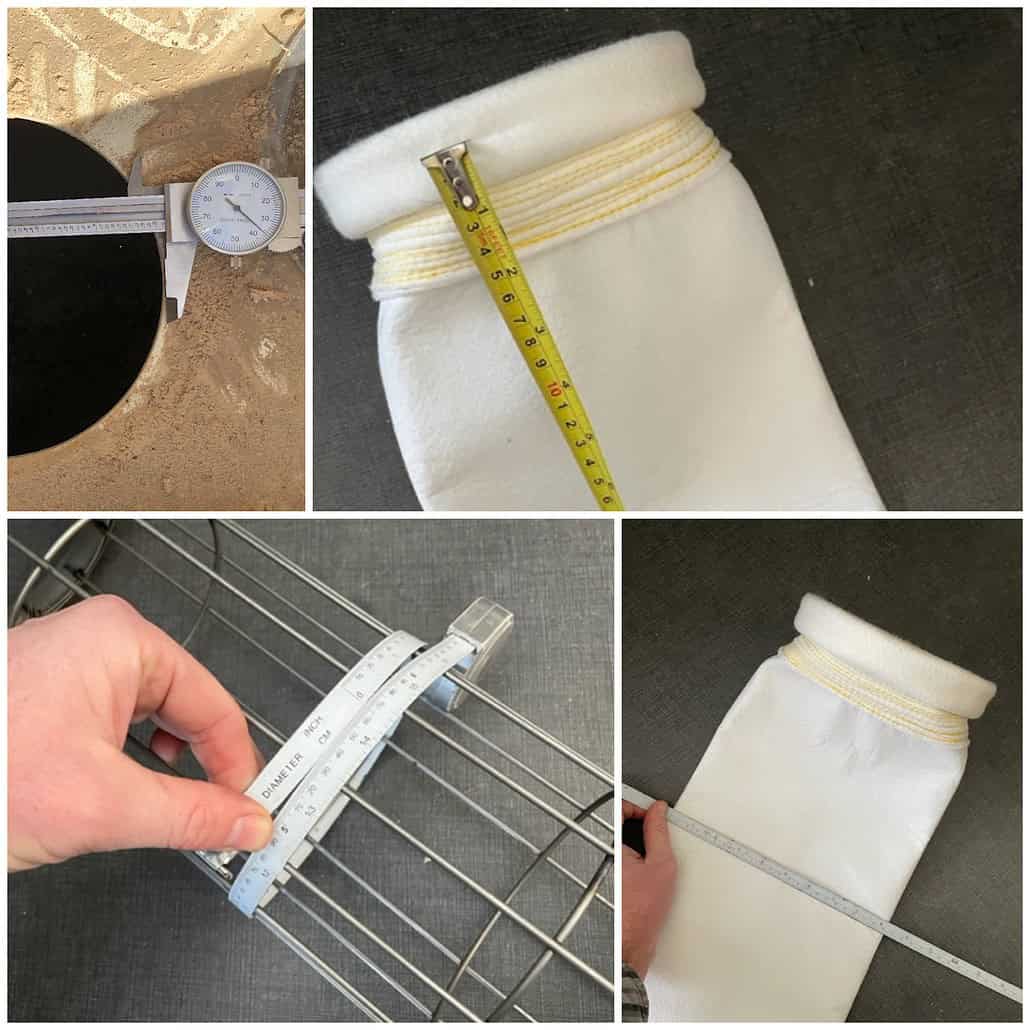An essential first step in establishing an effective maintenance plan is the creation of a dust collector maintenance checklist. This checklist, tailored to your specific system, helps facility managers and maintenance staff perform periodic inspections as needed. In this article, we’ll explore the importance of a dust collector maintenance checklist, why you need one, and what to include in it.

Routine maintenance is critical to ensure your dust collection system operates efficiently.
Why Do You Need a Dust Collector Maintenance Checklist?

Your maintenance checklist should cover the entire system.
Baghouse system designs such as shaker, reverse-air, plenum-pulse-jet, and pulse-jet each require a checklist specific to their design. Regular inspections should be scheduled at various intervals, including daily, weekly, monthly, quarterly, semi-annually, or annually. By adhering to this routine, your dust collection system will continue to operate efficiently for years.
Neglecting regular dust collector maintenance can result in sluggish system performance, leading to costly repairs for both the dust collector and equipment affected by dust buildup. Repairs cause system downtime and production loss. Furthermore, an improperly functioning system can pose health risks to everyone in the vicinity, including workers, managers, owners, and visitors.
Signs That Your Dust Collector Needs Maintenance

Your DP gage can indicate when filters are blinded and require changing.
General indicators that a dust collector requires maintenance include:
- Abnormal drops or spikes in differential pressure, which may signal a filter failure
- Visible particulate emissions could indicate a seal failure or a torn filter bag
- Visual rust or holes in the system can indicate material erosion or environmental corrosion
- Unusual sounds from your pulse valves may indicate an issue with diaphragms or your compressed air source
All of these problems are easily preventable with regular maintenance.
What Your Checklist Should Include
Below is a list of dust collector maintenance items and when to check them, depending on the system’s design:
Daily Checklist
- Check and record differential pressure
- Monitor air flow and dust collection pick-up points
- Check discharge system (airlock, rotary gate, hopper high limit switch)
- Perform visual and audible inspection of the baghouse
- Inspect exhaust stack outlet – check for visible emissions
- Monitor control panel pilot lights or meters
- Check pulse-jet baghouse compressed air functionality
Weekly Checklist
- Inspect the discharge system moving parts
- Ensure dampers are in operation
- Confirm solenoids are operating
- Check diaphragm valves (listen to firing of pulse valves)
- Inspect compressed airlines, including filters (clean and moisture-free)
- Ensure hopper discharge device is working
- Examine visible stack emissions
- Inspect fan drive components
Monthly Checklist
- Spot check the condition of bag seating or cartridge filter seal
- Inspect for bag leaks, fabric wear, or holes
- For reverse-air and shaker bags, check tension
- Examine shaker baghouse moving parts
- Record compressed air pressure
- Clean compressed air filter
- Check for corrosion and blade wear on the fan
- Ensure the hopper is empty
- Inspect door seals for deterioration
- Check access doors for leaks
- Inspect hoses and clamps
- Examine baghouse housing for corrosion
- Check gas flow rate
- Blow out differential pressure gauge lines
Quarterly Checklist
- Thoroughly inspect bags for wear
- Inspect ductwork for dust accumulation
- Ensure damper valves are seating properly
- Inspect gaskets on all doors
- Calibrate opacity monitor
Annual Checklist
- Record the pulse duration and pulse delay
- Check for general wear and tear
- Inspect bolts, welds, inlet baffle plate, and look for signs of corrosion or paint flaking on support steel
- Examine ductwork for dust buildup
- Check hopper for wear
- Perform a dye test for leaks
- Replace worn parts on the cleaning system
- Replace diaphragm internal components
A well-structured plan that includes a dust collector maintenance checklist benefits operators significantly. It ensures that routine maintenance is systematically scheduled and performed, leading to efficient, long-lasting dust collection systems and lower cost of ownership overall. By following the checklist at specific intervals and marking off completed tasks, you can help preserve your dust collector’s efficiency and longevity and avoid major surprises.
Contact Us to Speak to One of Our Baghouse Experts.
For more baghouse related training and information, be sure to check out our Baghouse Online Training page.





 Baghouse.com 2023
Baghouse.com 2023